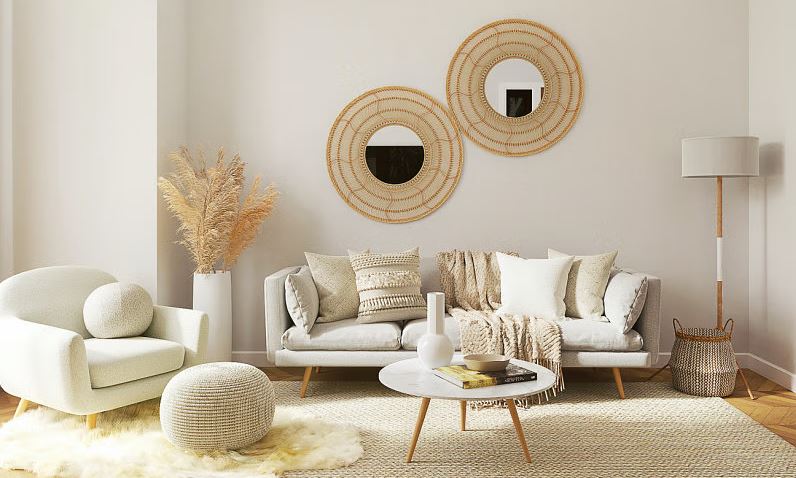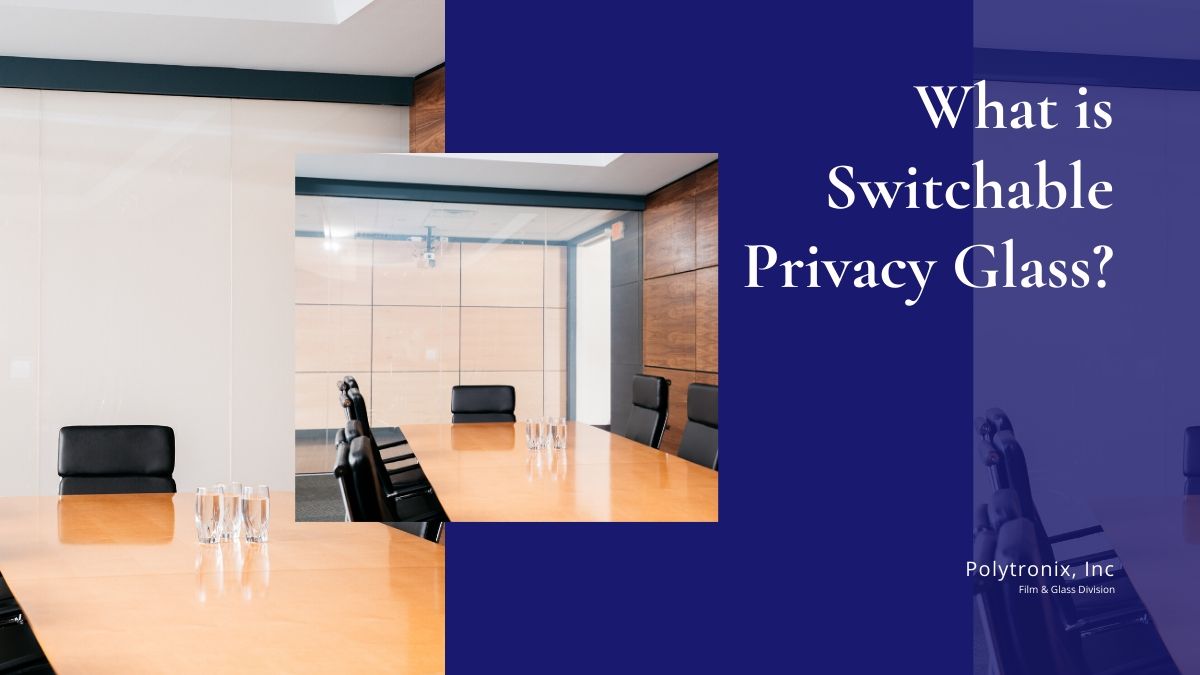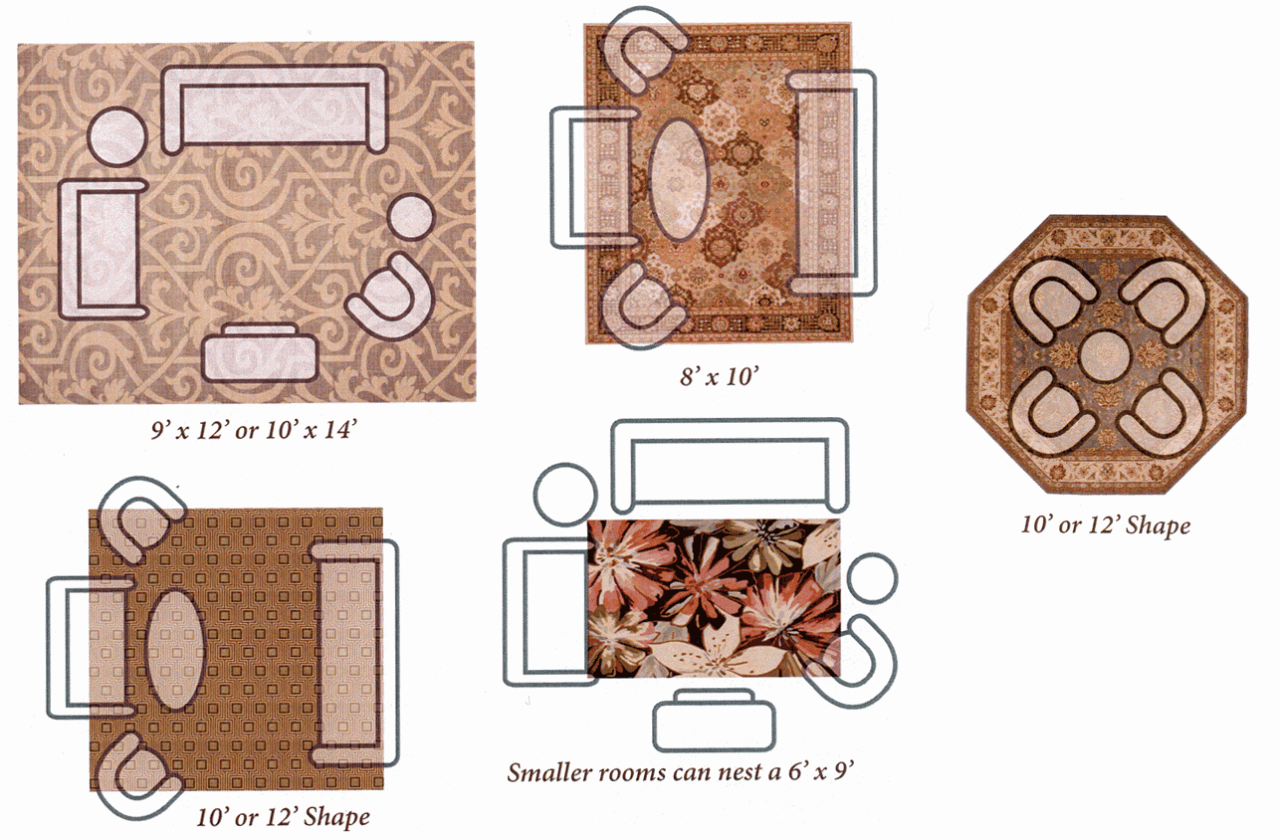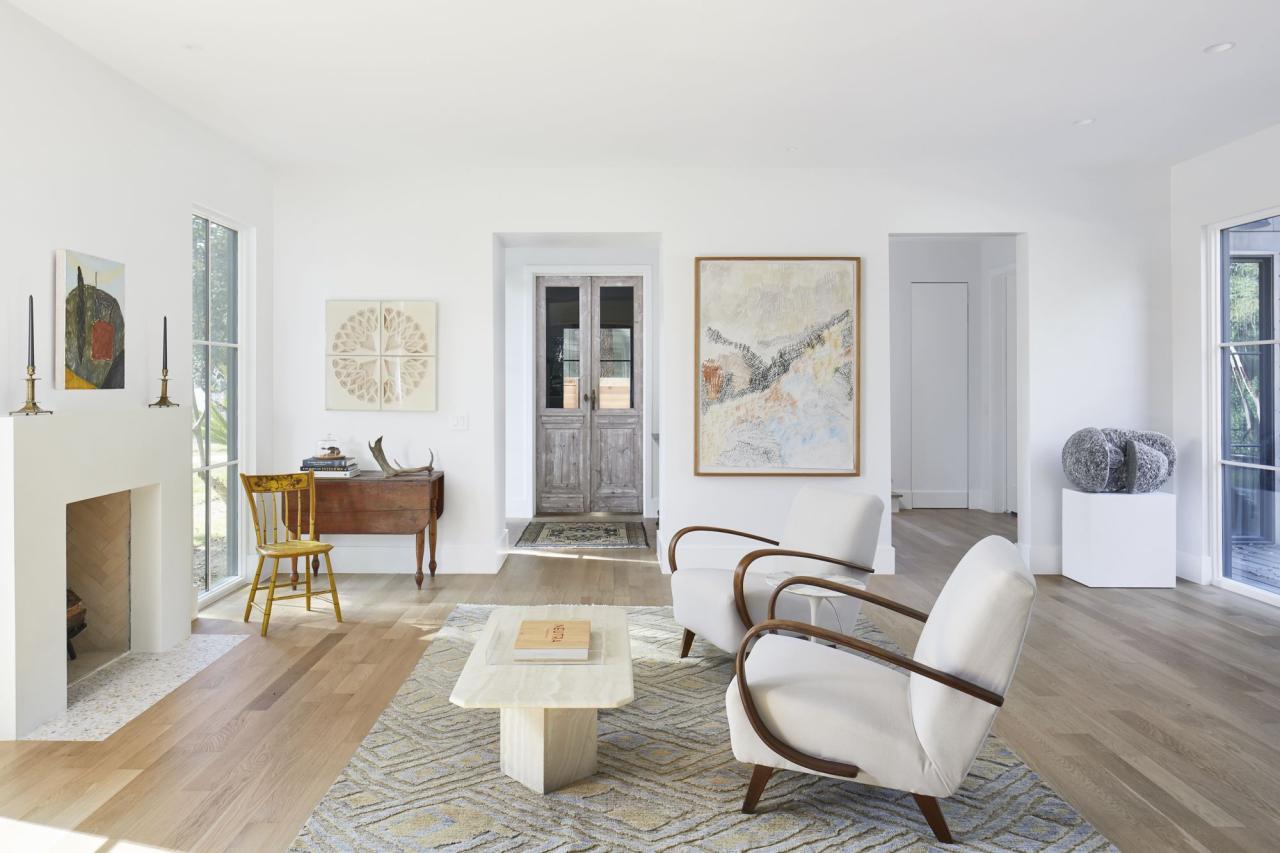Best practices for smart home interior design and installation are crucial for creating a seamless blend of technology and aesthetics. This guide explores the key considerations, from initial planning and device selection to ensuring security and optimizing user experience. We’ll delve into the intricacies of integrating smart devices, enhancing interior design, and addressing potential security concerns, ultimately empowering you to build a truly intelligent and stylish home.
Successfully integrating smart home technology requires careful planning and execution. This involves strategic placement of devices to maximize functionality while maintaining a cohesive design, choosing compatible systems, and understanding the implications for both security and privacy. From pre-wiring considerations to selecting the right smart home architecture, we’ll navigate the complexities of transforming your house into a smart home.
Planning & Design Considerations for Smart Home Interiors
Integrating smart home technology seamlessly into your interior design requires careful planning and consideration. A well-designed smart home is not just about having the latest gadgets; it’s about creating a comfortable, efficient, and aesthetically pleasing living space where technology enhances, rather than detracts from, the overall ambiance. This involves thoughtful placement of devices, strategic wiring, and a clear understanding of the capabilities and limitations of different smart home systems.
Smart Home Technology Placement in Floor Plans
Effective floor plan design for smart homes necessitates a holistic approach. Consider not only the placement of furniture and fixtures but also the strategic positioning of smart devices like smart speakers, smart lighting hubs, and security cameras. For instance, a smart speaker should be centrally located in a living area for optimal voice control, while security cameras might be strategically placed near entry points and windows for maximum coverage.
Best practices for smart home design involve careful planning and discreet placement of devices. Successfully integrating technology seamlessly into your home’s aesthetic is key, and this is especially important when considering integrating smart home technology into traditional interior styles , which often requires creative solutions. Ultimately, the goal is a cohesive and functional space where technology enhances, rather than detracts from, your home’s overall design.
Placement should also account for signal strength and potential interference, ensuring seamless connectivity throughout the home. Visual aesthetics are equally crucial; avoid cluttering surfaces with too many devices. Consider using discreet wall mounts or integrating devices into existing architectural features.
Optimizing Smart Device Integration in Different Room Layouts
Different room layouts demand tailored approaches to smart home integration. In a kitchen, integrating smart appliances with voice control and automated scheduling can enhance efficiency and convenience. A smart refrigerator, for example, can alert you to low stock and automatically reorder groceries. In bedrooms, smart lighting systems can automate wake-up routines and create calming sleep environments. Smart thermostats can adjust temperatures based on occupancy and preferences, saving energy and enhancing comfort.
Bathrooms might benefit from smart mirrors with integrated displays and voice-activated controls. The living room, as the central hub, often integrates multiple smart devices, requiring careful planning to ensure seamless interaction and avoid conflicts.
Pre-wiring for Smart Home Devices
Pre-wiring during construction or renovation is paramount for a truly integrated smart home. This involves running dedicated cabling for network connections, power outlets, and potentially low-voltage wiring for specific devices. Pre-wiring minimizes visible wiring, simplifies installation, and ensures optimal performance. It allows for cleaner aesthetics and eliminates the need for disruptive post-installation modifications. For example, pre-wiring for in-wall speakers enables a cleaner and more integrated audio system, avoiding the need for unsightly exposed wiring.
Concealing Smart Home Wiring and Equipment
Concealing smart home wiring and equipment is essential for maintaining a clean and aesthetically pleasing environment. Techniques include running cables within walls and ceilings during construction, utilizing recessed lighting fixtures to house smart bulbs, and employing discreet cable management systems. Media centers and dedicated utility closets can house network equipment and hubs, keeping them out of sight. Smart devices themselves can be integrated into furniture or wall-mounted using custom solutions.
Maintaining accessibility is key, however; consider using easily accessible panels for servicing and maintenance.
Comparison of Smart Home System Architectures
| System Architecture | Range | Interoperability | Suitability |
|---|---|---|---|
| Z-Wave | Excellent (up to 300ft) | Good, but often requires specific hubs | Larger homes, robust networks |
| Zigbee | Good (up to 100ft) | Moderate, increasing with Matter adoption | Medium-sized homes, diverse device ecosystems |
| Matter | Variable, depends on device | Excellent, designed for interoperability | All home sizes, future-proof solution |
| Wi-Fi | Variable, depends on router and interference | Generally good, but device-dependent | Smaller homes, simpler setups |
Selecting and Integrating Smart Home Devices
Integrating smart home devices effectively requires careful consideration of compatibility, functionality, and installation. This section will guide you through the process of selecting, integrating, and troubleshooting common smart home devices, ultimately creating a seamless and efficient smart home environment.Choosing the right devices is paramount to a successful smart home implementation. Understanding the nuances of different systems and their interoperability is crucial for a cohesive experience.
Smart Home Device Feature Comparison
Smart home devices offer a wide array of features and functionalities, varying significantly across manufacturers and product lines. Smart lighting systems, for example, can range from simple on/off control to sophisticated color-changing capabilities and scene automation. Similarly, smart thermostats offer programmable scheduling, geofencing, and energy-saving features, while smart security systems encompass features such as motion detection, video surveillance, and remote access.
A direct comparison highlights these differences: Philips Hue smart lighting excels in color customization and integration with other Philips products, while LIFX offers a wider range of bulb shapes and sizes. Nest thermostats are renowned for their learning algorithms and energy efficiency, while Ecobee offers superior room-specific temperature control. Finally, Ring security systems are known for their affordability and user-friendly interface, whereas ADT offers comprehensive professional monitoring services.
The choice depends on individual needs and preferences.
Selecting Compatible Smart Home Devices
Compatibility is a critical factor when choosing smart home devices. While some devices utilize proprietary protocols, many rely on industry standards such as Zigbee, Z-Wave, or Wi-Fi. Choosing devices that utilize the same protocol ensures seamless integration and interoperability. For instance, devices using the Zigbee protocol can often communicate directly with each other, eliminating the need for a central hub.
Conversely, Wi-Fi-based devices often require a central hub or rely on cloud-based services. A well-planned strategy involves choosing a primary protocol and selecting devices that adhere to that standard. Consider the range of each protocol and whether it meets the needs of your home’s layout. Prioritizing one protocol simplifies installation and troubleshooting. Many manufacturers offer compatibility charts or guides to help you choose compatible devices from their product line and even from other brands.
Researching reviews and online forums can also reveal compatibility issues or unexpected limitations.
Smart Lighting System Installation
Installing a smart lighting system involves several steps. First, plan the layout and determine the number and type of lights needed. This includes identifying existing wiring and assessing the need for additional wiring or electrical work. Second, choose compatible smart bulbs or switches. If replacing existing fixtures, ensure compatibility with the existing wiring and voltage.
Third, install the smart bulbs or switches, following the manufacturer’s instructions. This may involve replacing existing bulbs or connecting smart switches to the existing wiring. A simple example involves replacing a standard incandescent bulb with a smart LED bulb that screws directly into the existing socket. More complex installations might involve wiring a smart switch to replace a traditional light switch.
Wiring diagrams are typically provided in the manufacturer’s instructions. Troubleshooting steps include checking for proper wiring connections, ensuring power is supplied to the fixture, and verifying that the bulbs or switches are properly paired with the smart home hub or app.
Centralized Smart Home Control System Setup
A centralized control system simplifies management of multiple smart devices. This system acts as a hub, allowing users to control all their smart devices from a single interface, typically a mobile app or a dedicated control panel. Popular platforms include Amazon Alexa, Google Home, Apple HomeKit, and Samsung SmartThings. Each platform offers unique features and integrations. Setting up a centralized system involves installing the chosen platform’s app, creating an account, and adding individual smart devices to the system.
This usually involves following the instructions provided by the manufacturer and the platform. The process often involves connecting devices to the internet and pairing them with the platform’s app. Once connected, users can control and automate their smart devices using the app’s interface, creating schedules, setting routines, and integrating with other smart home systems. Consider the platform’s compatibility with your existing devices before choosing.
Regular updates are also crucial for maintaining system security and functionality.
Smart Home Device Integration with Existing Home Automation Systems
Integrating smart home devices with existing home automation systems requires careful consideration of compatibility and communication protocols. Many existing systems, such as Crestron or Control4, offer robust integration options for various smart devices. This integration often involves using APIs or third-party connectors to bridge the gap between different systems. For example, a smart thermostat might integrate with a home automation system to automatically adjust the temperature based on occupancy sensors or other environmental factors.
Security systems can integrate to provide automated alerts or responses to security events. Lighting systems might integrate to create customized lighting scenes or automated lighting schedules. Success depends on understanding the capabilities of both the smart home devices and the existing automation system. Detailed documentation and technical expertise may be required for complex integrations. Testing and troubleshooting are crucial steps to ensure smooth operation and reliable performance.
Enhancing Interior Design with Smart Home Technology
Smart home technology offers a powerful means to elevate interior design, moving beyond mere aesthetics to create truly personalized and responsive living spaces. By thoughtfully integrating smart devices, homeowners can enhance ambiance, improve energy efficiency, and prioritize user comfort and convenience, resulting in a more functional and aesthetically pleasing home environment. This section explores how smart technology can seamlessly blend with various design styles to create a holistic and integrated living experience.
Smart Lighting and Ambiance
Smart lighting systems provide unparalleled control over the atmosphere of any room. Beyond simple on/off switches, these systems allow users to adjust brightness, color temperature, and even create customized lighting scenes tailored to specific moods or activities. For instance, a warm, soft white light might be ideal for a relaxing evening in the living room, achieved by dimming the lights and adjusting the color temperature to a lower Kelvin value (e.g., 2700K).
Conversely, a brighter, cooler white light (e.g., 5000K) can energize a home office space, promoting focus and productivity. Scenes can be pre-programmed for different times of day or specific occasions – imagine a vibrant, colorful scene for a party, or a gentle, calming scene for bedtime. These customizable scenes transform the ordinary into the extraordinary, offering a dynamic and adaptable lighting experience that caters to every need and mood.
Energy Efficiency and Cost Reduction with Smart Home Technology
Smart home technology significantly contributes to energy conservation and cost savings. Smart thermostats, for example, learn user preferences and automatically adjust temperatures based on occupancy and time of day, minimizing energy waste. Smart lighting systems similarly contribute to energy savings by allowing users to schedule lights to turn on and off automatically, or to dim them when not needed.
Integration with smart plugs enables the remote control of appliances, allowing users to switch off electronics remotely, further reducing energy consumption. The cumulative effect of these technologies results in lower energy bills and a smaller carbon footprint, making smart homes both cost-effective and environmentally conscious. For example, a family using a smart thermostat might see a 10-15% reduction in their heating and cooling costs annually.
Designing for User Comfort and Convenience, Best practices for smart home interior design and installation
A truly smart home prioritizes user comfort and convenience. This is achieved through seamless integration of technology that anticipates user needs and automates tasks. Imagine waking up to a gently rising temperature, pre-set coffee brewing, and soft, gradually brightening lights. Smart speakers can control music, answer questions, and manage daily schedules, freeing up time and mental energy.
Best practices for smart home interior design and installation involve careful planning and integration of technology. A key area to consider is dedicated workspace design, and for this, you might find inspiration in this excellent guide on designing a smart home office with ergonomic and stylish furniture. Applying similar principles of thoughtful layout and functional aesthetics throughout your home ensures a cohesive and efficient smart home environment.
Smart locks enhance security and offer keyless entry, while automated blinds provide optimal light control and privacy. These features work together to create a personalized and effortless living experience, optimizing comfort and minimizing daily hassles. This holistic approach transforms the home into a truly responsive and user-centric environment.
Best practices for smart home interior design and installation involve careful planning and integration of technology. A key consideration is aligning your choices with broader sustainability goals, as detailed in this excellent guide on achieving a sustainable and smart home interior design. By prioritizing energy-efficient appliances and smart lighting, you can create a stylish and environmentally conscious space, further enhancing the overall effectiveness of your smart home setup.
Integrating Smart Home Technology into Different Interior Design Styles
Smart home technology can be seamlessly integrated into diverse interior design styles. In a minimalist setting, sleek, unobtrusive devices and smart appliances with clean lines will maintain the space’s aesthetic integrity. Modern interiors benefit from the incorporation of smart lighting systems that enhance the architectural features, while traditional homes can integrate smart technology subtly, maintaining their classic charm.
The key is to choose devices that complement the existing style and avoid clashing aesthetics. For example, smart bulbs with dimmable features can enhance the mood lighting of a traditional setting without disrupting the overall aesthetic. In a modern setting, smart displays with minimalist designs can serve as both functional devices and stylish décor elements.
Best practices for smart home interior design and installation involve careful planning and a cohesive aesthetic. Integrating technology seamlessly is key, and this includes selecting smart home security systems that complement interior aesthetics , ensuring they enhance, not detract from, your design. Ultimately, successful smart home integration boils down to thoughtful choices that blend functionality with style.
Innovative Uses of Smart Home Devices
The innovative applications of smart home devices are constantly expanding.
- Enhanced Security: Smart security systems with cameras, motion detectors, and door/window sensors provide real-time monitoring and alerts, enhancing home safety.
- Personalized Entertainment: Smart speakers and displays offer hands-free control of music, movies, and other entertainment, creating a personalized media experience.
- Improved Accessibility: Smart home technology enables voice control and automation, making homes more accessible for people with disabilities.
- Remote Monitoring and Control: Smart home apps allow users to monitor and control their homes remotely, ensuring comfort and security even when away.
- Automated Cleaning: Robotic vacuum cleaners and smart mops automate household chores, saving time and effort.
Security and Privacy Considerations in Smart Home Design
The increasing integration of smart devices into our homes offers unparalleled convenience and efficiency, but it also introduces significant security and privacy concerns. A well-designed smart home should prioritize these aspects from the initial planning stages to ensure a safe and secure living environment. Failing to do so can leave your home vulnerable to various threats, from data breaches to physical intrusion.
Potential Security Vulnerabilities and Mitigation Strategies
Smart home devices, while offering numerous benefits, often present security vulnerabilities. These vulnerabilities can stem from weak device security, insecure network configurations, or vulnerabilities in the software controlling these devices. For example, a poorly secured smart lock could be remotely unlocked by a malicious actor, while a vulnerable smart camera could be compromised to spy on residents. Mitigation strategies involve selecting devices from reputable manufacturers with strong security reputations, regularly updating firmware, using strong passwords, and employing network security measures such as firewalls and intrusion detection systems.
Regular security audits of your smart home network are also highly recommended.
Importance of Strong Passwords and Multi-Factor Authentication
Utilizing strong, unique passwords for each smart home device is crucial. Weak or easily guessable passwords can provide an easy entry point for attackers. Furthermore, implementing multi-factor authentication (MFA) adds an extra layer of security. MFA requires more than just a password to access a device or system, such as a verification code sent to your phone or email.
This significantly reduces the risk of unauthorized access even if a password is compromised. For instance, using a password manager to generate and store complex passwords, combined with MFA on all crucial devices, creates a robust defense against unauthorized access.
Privacy Implications of Smart Home Devices and Data Protection Best Practices
Smart home devices constantly collect data about your activities, habits, and preferences. This data can include your location, voice recordings, and even your sleep patterns. This information could be misused or accessed without your knowledge or consent if not properly protected. Best practices include carefully reviewing the privacy policies of all smart home devices before purchasing them, minimizing the amount of data collected by devices, and enabling data encryption whenever possible.
Regularly deleting unnecessary data stored on devices and using privacy-focused settings also help safeguard your personal information. Consider the implications of data sharing with third-party services and choose devices and services with transparent data handling practices.
Utilizing Smart Home Security Systems to Enhance Home Safety and Security
Smart home security systems offer enhanced safety and security features beyond traditional systems. These systems often include features such as smart locks, security cameras with motion detection, and integrated alarm systems. These features provide real-time monitoring and alerts, enabling quicker responses to potential threats. For example, a smart security camera can detect unauthorized entry and immediately send a notification to your smartphone, allowing you to take action or contact the authorities.
Best practices for smart home interior design and installation prioritize seamless integration of technology. A key element is thoughtfully incorporating smart home features, such as considering smart home lighting solutions for enhancing interior ambiance , to create the desired atmosphere. Ultimately, successful smart home design balances functionality with aesthetic appeal, resulting in a comfortable and technologically advanced living space.
Furthermore, smart home security systems can be integrated with other smart devices to create a comprehensive security network, enhancing overall home safety.
Best Practices for Securing Smart Home Networks and Devices
Securing your smart home network and devices requires a multi-layered approach. This includes regularly updating all firmware and software on your devices, using a strong and unique password for your Wi-Fi network, and enabling network encryption (WPA2/WPA3). Consider using a dedicated network for your smart home devices, separating them from your personal devices and the internet. Installing a firewall and intrusion detection system can further enhance your network’s security.
Regularly monitoring your network activity for suspicious behavior is also essential. Finally, educate all household members on best security practices and potential threats to ensure collective responsibility for maintaining a secure smart home environment.
Smart Home Aesthetics and User Experience
Creating a truly smart home involves more than just integrating technology; it’s about seamlessly blending functionality with aesthetics to enhance the overall living experience. A well-designed smart home should be both visually appealing and intuitive to use, offering a cohesive and enjoyable interaction for all residents. This requires careful consideration of interface design, control methods, and overall system integration.
A successful smart home prioritizes user experience, ensuring that technology works for the occupants, not the other way around. This means intuitive controls, visually appealing interfaces, and seamless integration with various home automation systems. A poorly designed smart home, on the other hand, can be frustrating and counterproductive, leading to underutilization and ultimately, dissatisfaction.
Best practices for smart home interior design involve thoughtful planning, ensuring seamless integration of technology with aesthetics. This often includes considering the placement of smart devices and anticipating future needs, which directly relates to the overall efficiency and effectiveness of your system. For instance, understanding the benefits of smart home automation for improved interior comfort and convenience is crucial for optimal design.
Ultimately, successful implementation hinges on a holistic approach that prioritizes both form and function in your smart home.
Intuitive Smart Home Controls and User-Friendly Apps
Intuitive interfaces and user-friendly applications are crucial for a positive user experience. Complex interfaces and poorly designed apps can lead to confusion and frustration, hindering the adoption and effective use of smart home technology. Well-designed apps should provide clear, concise information and simple navigation, allowing users to easily monitor and control their devices. Features like customizable dashboards, visual representations of device status, and intuitive controls for adjusting settings are essential.
Consider the user interface of popular streaming services like Netflix or Spotify – their simplicity and ease of use are key to their widespread adoption. Smart home apps should strive for a similar level of user-friendliness.
Integration of Smart Home Technology with Voice Assistants and Other Control Methods
Voice assistants, such as Amazon Alexa or Google Assistant, have become increasingly popular for controlling smart home devices. Their hands-free operation and natural language processing capabilities make them a convenient and intuitive control method. However, seamless integration is key. The voice assistant should accurately understand and respond to user commands, and the connected devices should react reliably and quickly.
Beyond voice control, other methods like smartphone apps, wall-mounted touchscreens, and physical switches should also be incorporated to cater to different user preferences and situations. A unified system allows users to choose their preferred control method at any given time.
Integration of Smart Home Technology with Other Home Automation Systems
For a truly unified user experience, smart home technology needs to seamlessly integrate with other home automation systems. This might involve connecting lighting controls with security systems, or integrating climate control with energy management systems. For example, a system could automatically dim the lights and lower the thermostat when the security system detects no one is home, resulting in energy savings and enhanced security.
Such integration minimizes the need for multiple separate apps and control interfaces, streamlining the overall management of the smart home. This holistic approach enhances convenience and creates a more efficient and responsive home environment.
Example of a Stylish and Functional Smart Home Control Panel
Imagine a sleek, wall-mounted control panel, approximately 10 inches wide and 6 inches tall, crafted from brushed aluminum. The panel features a vibrant, high-resolution touchscreen display showing a customizable dashboard. Large, easily identifiable icons represent different areas of the home (kitchen, living room, bedrooms) and key functions (lighting, temperature, security). Below the touchscreen, physical buttons provide quick access to frequently used functions like turning on/off all lights or activating the home security system.
The panel’s design incorporates subtle ambient lighting, providing a soft glow that complements the home’s décor. The display itself uses a minimalist design with clear, uncluttered visuals, prioritizing ease of use and visual appeal. The panel seamlessly integrates with the home’s other smart devices and systems, offering a centralized and aesthetically pleasing control center for the entire smart home.
Ending Remarks
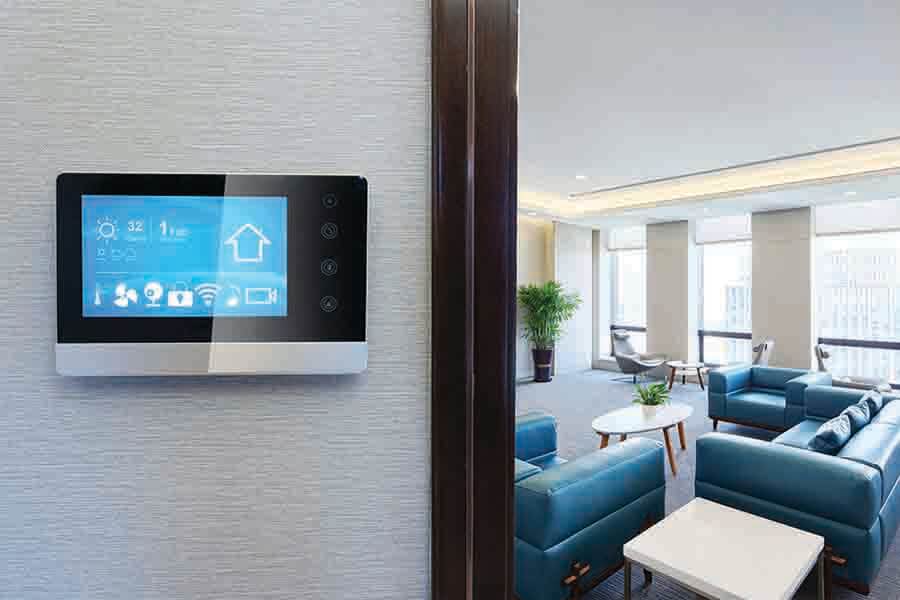
Source: com.sg
Creating a truly smart home involves more than simply installing the latest gadgets; it’s about thoughtful planning, seamless integration, and a keen eye for both aesthetics and functionality. By following best practices for design, installation, and security, you can transform your living space into a technologically advanced and personalized haven. Remember, the goal is not just a house filled with smart devices, but a home that anticipates your needs and enhances your lifestyle.
Question Bank: Best Practices For Smart Home Interior Design And Installation
What are the hidden costs associated with smart home installation?
Hidden costs can include unexpected wiring needs, professional installation fees, ongoing subscription services for some systems, and potential upgrades required for existing infrastructure.
How can I ensure my smart home system remains energy-efficient?
Choose energy-efficient smart devices, utilize smart thermostats and lighting controls to optimize energy consumption, and regularly monitor your energy usage through smart home apps.
What happens if my internet connection goes down?
Functionality of many smart home devices will be limited or unavailable without an internet connection. Consider having backup power sources for critical systems.
How do I choose between different smart home ecosystems (e.g., Apple HomeKit, Google Home, Amazon Alexa)?
Consider compatibility with your existing devices and preferences for voice assistants and app interfaces. Some systems offer broader device compatibility than others.
What are the long-term maintenance requirements of a smart home?
Regular software updates are crucial for security and functionality. Periodic checks on wiring and device performance are also recommended.
- Privacy Glass Your Guide to Security & Style - June 2, 2025
- Folding Glass Wall A Versatile Design Solution - June 2, 2025
- Smart Lighting System Smarter Homes, Smarter Living - May 6, 2025



